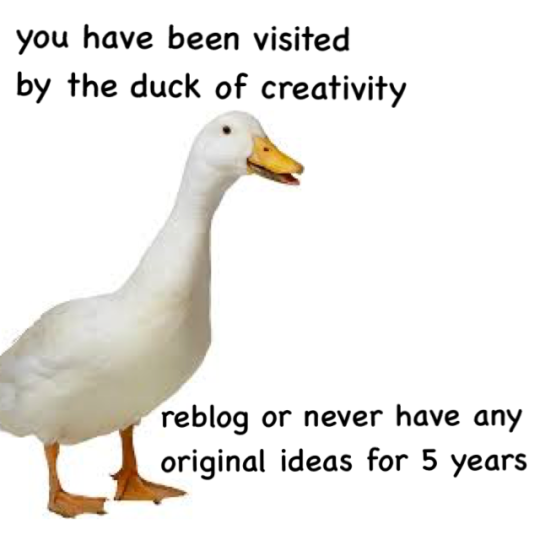Don't wanna be here? Send us removal request.
Text
Very rare synthesis!
It’s a really rare problem-free synthesis, which completes after a few minutes. No solvent is needed, just mix reagents. THIS’S A MIRACLE! Like it, reblog it and a great fortune will find you!

#chemistry#reagent#organic chemistry#organic synthesis#synthesis#fortune#reblog for good luck#science#chemistry humor
8 notes
·
View notes
Text
Thin-layer chromotography or TLC

TLC is a fast and convinient tool to analyse your reaction mixture. There are numerous ways to visualise spots on plate. I usually work with ultraviolet which helps to visualise aromatic compounds. It’s always so satisfying!
I also prefer keppeing TLC’s in lab journal so I can review them if needed. If you want to do so don’t forget to circle the spots. They tend to blur really soon.
1 note
·
View note
Text
On spring 2017 we were at Mordovia State University at Saransk (city in Russia). During the excursion we visited a laboratory in which scientists grew highly pure and structured crystals for lazers.
A guy from the lab stored all grown crystals in EMPTY CIGARRETE BOXES. Well... It’s funny and cool at the same time. Before getting rid of “rubbish” just try to think if you can give it a second life and use it at your lab.

#chemistry#chemical#science#lazer#crystals#smoking#cigarette#lab#laboratory#tips#inorganic chemistry#smoking is bad
2 notes
·
View notes
Video
tumblr
The most common thing to associate with “Chemistry” is some solutions changing their colors. Yet, it’s really beautiful! And meaningful. Here is a reaction between copper(II) sulfate (CuSO4) and potassium thiocyanate (KSCN) in H2O.
I consider this as a great axample of multiple chemical processes happening at the same time. Here:
We observe the appearence of green color, which can be reasoned by formation af a complex [Cu(SCN)]+ . Actually, both Cu(II) and Cu(I) can form complexes with thiocyanate anion. Those with Cu(I) are more stable, vide infra about reduction.
Really soon, solution becomes cloudy and the black precipitate starts to form (view photo). It’s Cu(SCN)2
Yet this compound is rather instable in aqueous media, SCN- is a good reductant and therefore reduces Cu(II) to Cu(I). On the next day I found some white granulas in the glass, this was a precipitate of CuSCN.
Moreover, possible side products are: (SCN)2, (CN)2, HCN and CN- .
Observed features can vary according to how you mix solutions, proportion and concentration.
The moral is: always take time time to consider: What can heppen and how? Is there a possibility for multiple or side processes? What effect can it have on my work/health/outcome? I beleive, such analysis is crucial for succesful work!

#chemistry#experiment#green#copper#learn#learning#colors#color#inorganic chemistry#lab#laboratory#science
6 notes
·
View notes
Conversation
Here is some professional tea-drinking from my work...
Colleague1: *makes the tea*
Colleague1: Do we have any sugar left?
Colleague2: No. But here is a jar with a little bit of sugary jam leftovers. Just pour your tea in jar, shake and then pour it back into cup.
Me: Basically, extract sugar from jam leftowers!
#chemistry#lab#work#colleagues#sugar#tea#organic chemistry#extraction#funny#jam#science#scientist#university
2 notes
·
View notes
Photo

Opening up boxes with reagents is so thrilling! So many colors and yummies✨⚗
8 notes
·
View notes
Photo


Hey! For today, I want to introduce you to my favourite color (apart from greeen and black). It’s a color of Copper(II) complex with arginine, which is truly majestic! If you want to reproduce it, just mix aqueus solutions of arginine and of copper salt (I used CuSO4, but you can take other) .
4 notes
·
View notes
